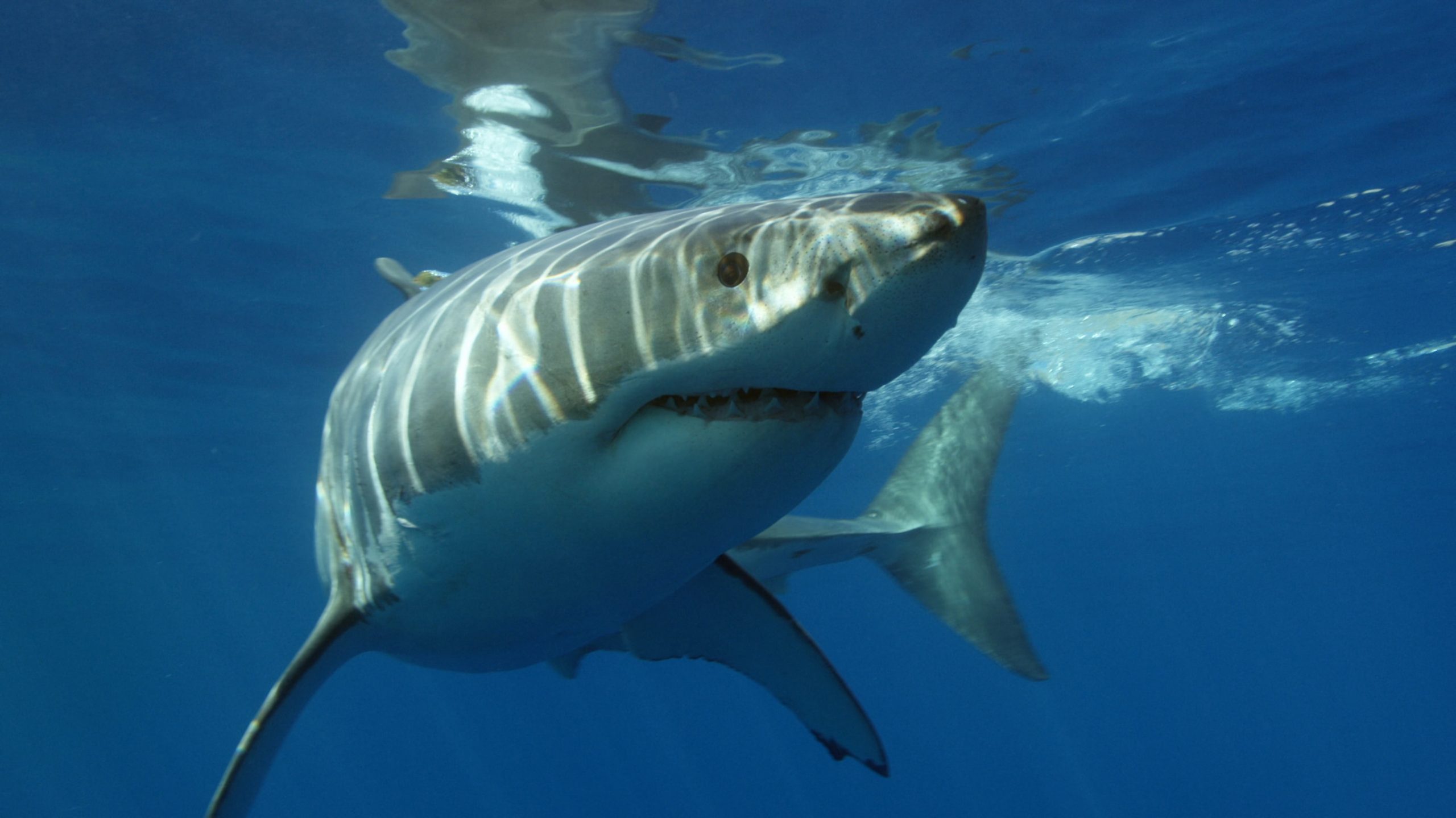The oceans are home to several dangerous sea creatures. While some of these creatures are benign and harmless, others have highly poisonous venom that can be fatal. It’s important to be aware of these species and know where they can be found.
1. Great White Shark
A list of the most dangerous sea creatures must include the great white shark. These animals are incredibly powerful predators. The great white shark can be a terrifying sea creature, and is often depicted in movies. Despite its size, it has rarely been known to attack and kill humans. The majority of shark attacks on humans are committed by other species. Luckily, attacks from these mega-predators are infrequent; humans would stand little chance against this hunter’s razor-sharp teeth and instincts perfected by millions of years of evolution.
2. Tiger Shark
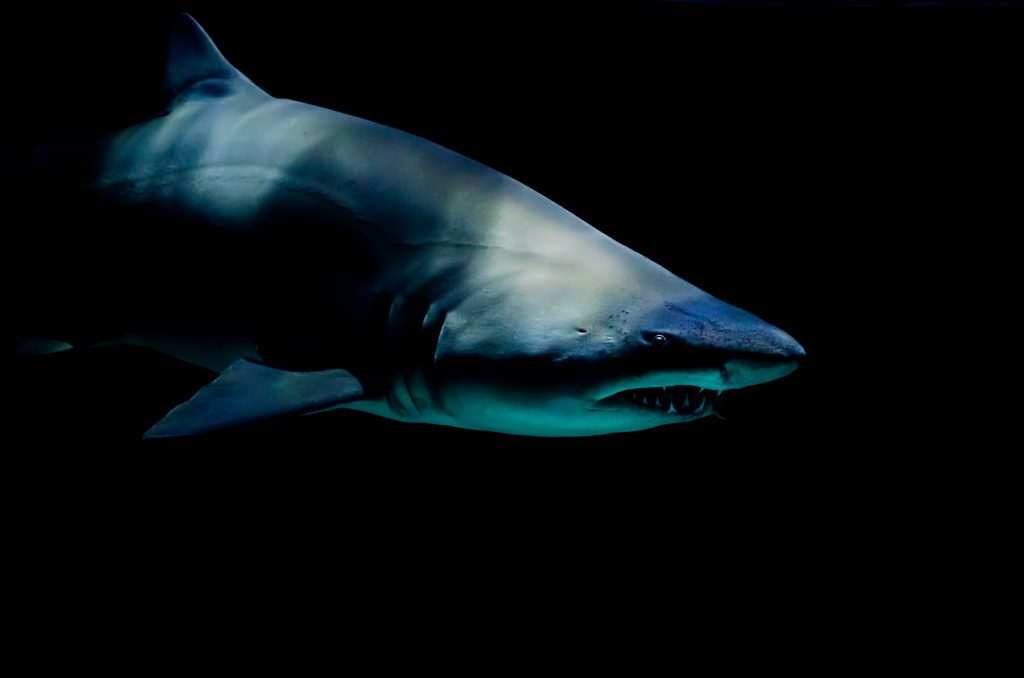
Those less famous than their great white counterpart, tiger sharks are also known to be deadly sea creatures. They can grow to more than 12 feet long, and their jaws are strong. Although they are extremely aggressive, they are usually found in shallow water and not in open waters. This means that swimmers and other marine enthusiasts should avoid them.
3. Flower Urchin
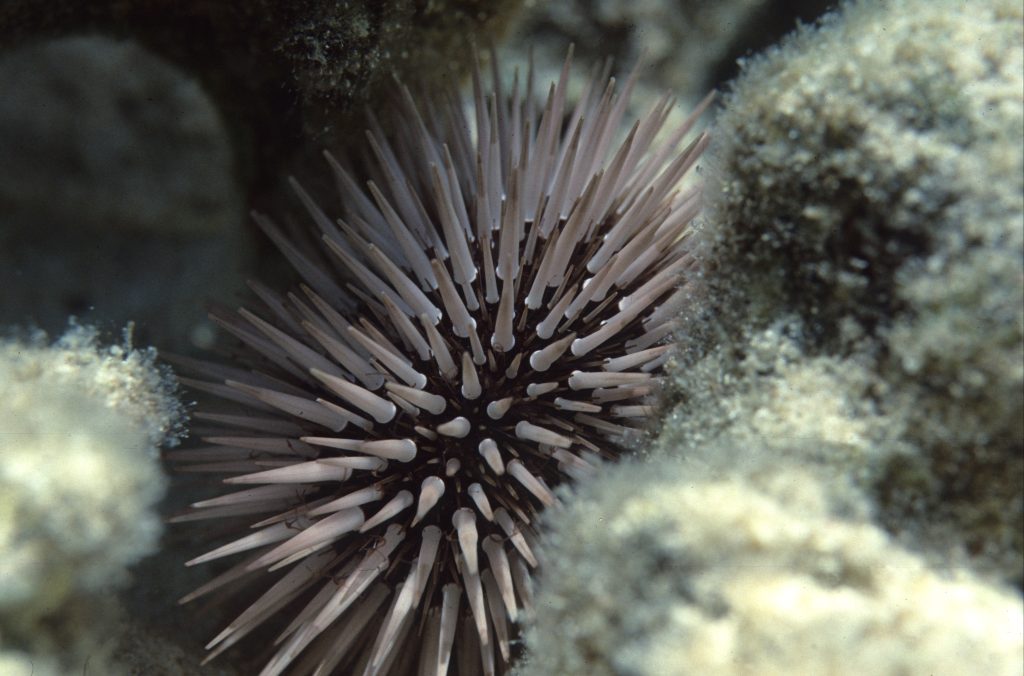
Another venomous sea creature is the flower urchin, which can be deadly to humans. Its venom is quite potent and can cause swelling, spasms, and shock. A severe sting can even lead to cardiac arrest.
4. Box Jellyfish

The box jellyfish is one of the most common types of jellyfish. Box jellyfish are commonly found in the Indo-Pacific Ocean, and can have a very painful sting. . There are some species of box jellyfish that produce extremely toxic venom.
Getting stung by any type of jellyfish is potentially deadly, but the box jellyfish is known as the most dangerous species. Box jellyfish stings can cause a number of symptoms including pain, fever, chills, and nausea. If you are stung by any type of jellyfish, get immediate medical attention.
5. Lionfish
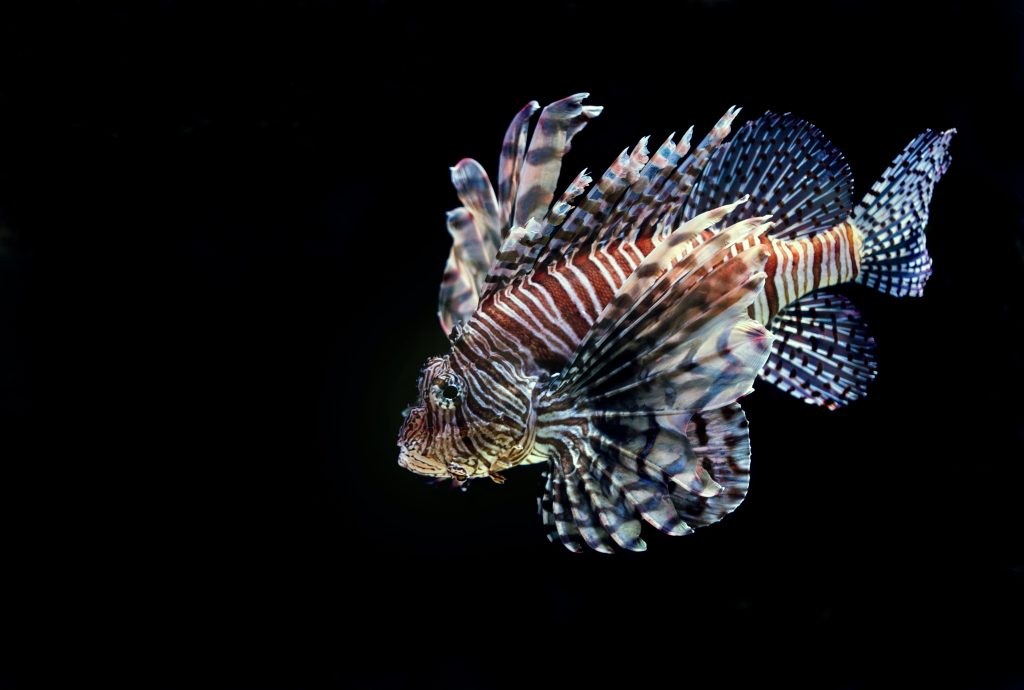
The lionfish is another deadly sea creature. It can have venomous spines that can puncture the skin of humans. Lionfish typically live in warm, tropical waters. Their dorsal spines can resemble the mane of a lion. Attempting to contact them can be painful and may even result in the loss of a limb.
6. Electric Eel
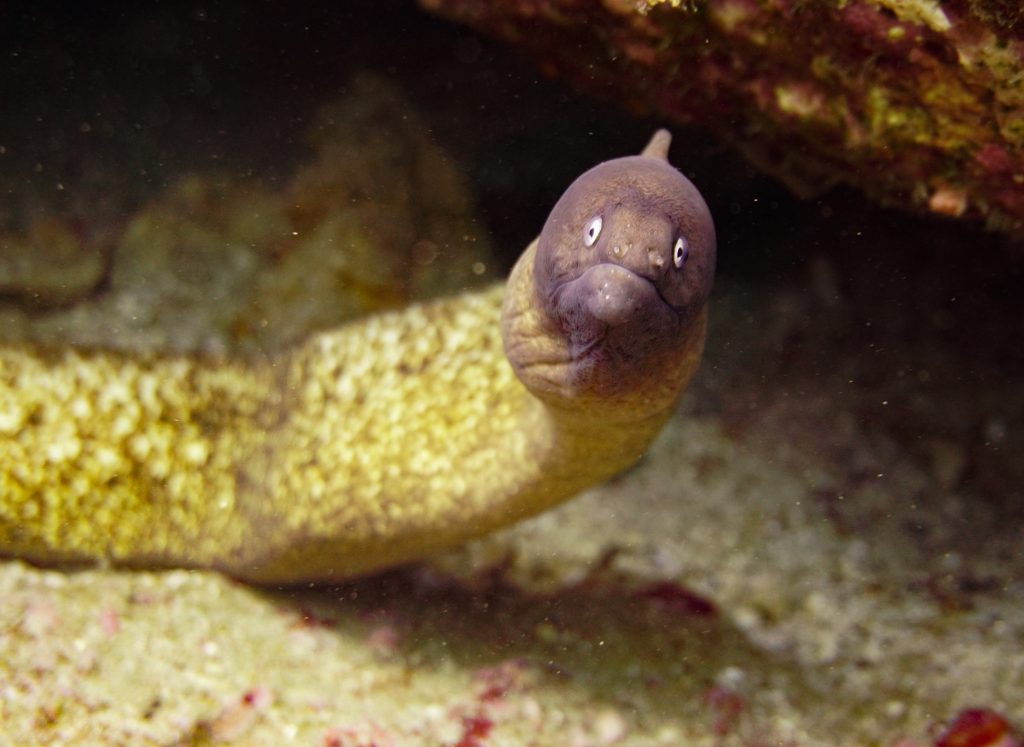
Electric eels are a menacing type of sea creature. This type of fish can pulsate its venom through a series of over 6000 electrodes, like a knife. The toxin in these eels is quite powerful and can rip open the heart and respiratory system. When bitten by these sea creatures, it’s important to seek medical assistance immediately.
7. Stingray
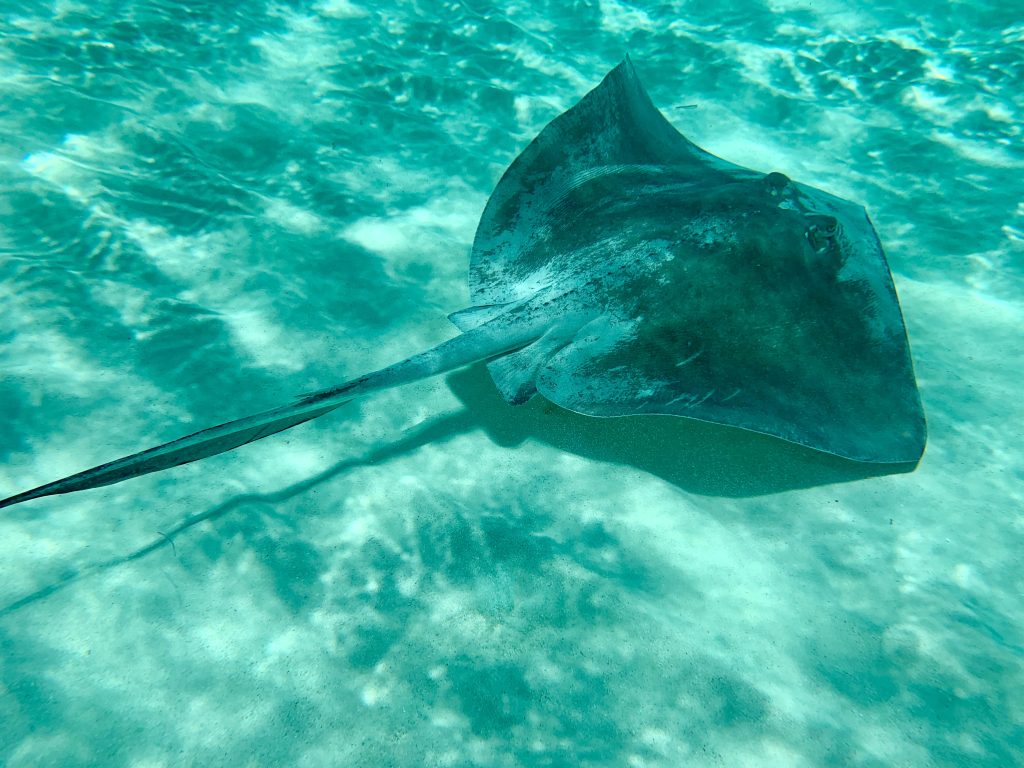
Stingrays are flat-bodied marine creatures that can sting human victims. Often, a stingray sting will only result in a rash, but they can still be incredibly harmful. As a result, divers should be very careful not to step on them.
The great white shark can be a terrifying sea creature, and is often depicted in movies. Despite its size, it has been known to attack and kill humans. The majority of attacks on humans are by the great white shark. Luckily, these attacks are not common, but the venom can be fatal.
8. Cone Snail
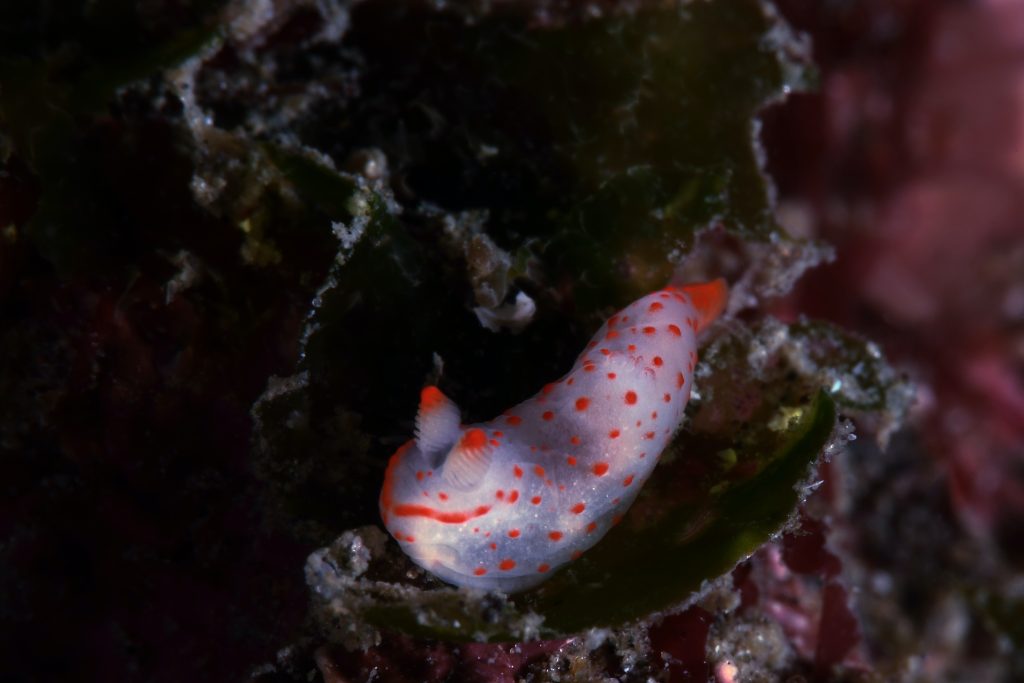
Another dangerous sea creature is the cone snail. Known as the cigarette snail in its locality, these creatures are widespread and can be found in oceans worldwide. The barbs of these sea creatures can pierce bare skin and wetsuits.
Summary
If you recall that oceans cover two-thirds of our planet, it’s no great mystery why the seas hold so many frightening species of marine life. Terrifying though these species are, the play an essential role in the ecosystem. Their preservation is paramount to the health of the world’s oceanic biomes. For information on what you can do to help endangered sea life, stay in-touch with us and follow our page on Facebook.
